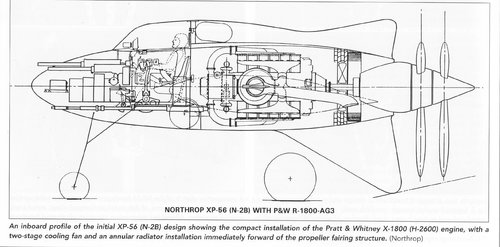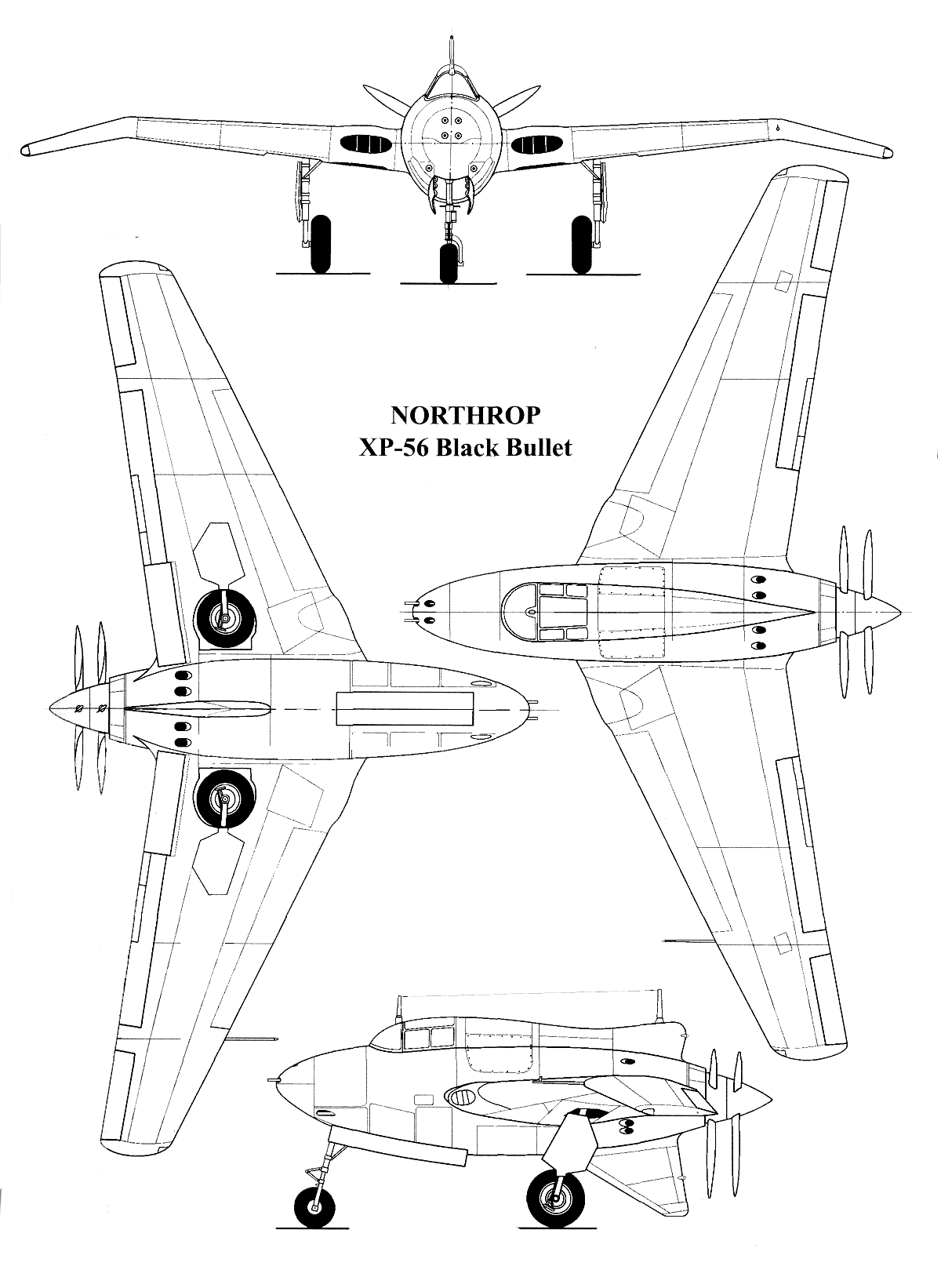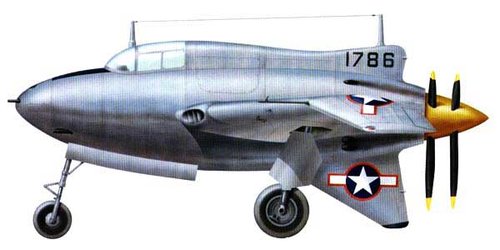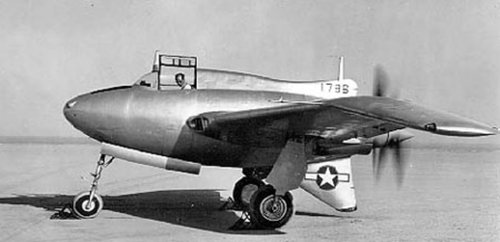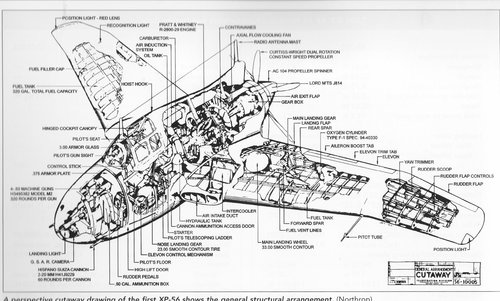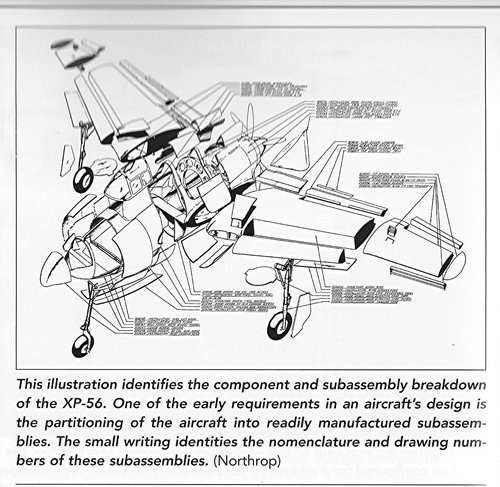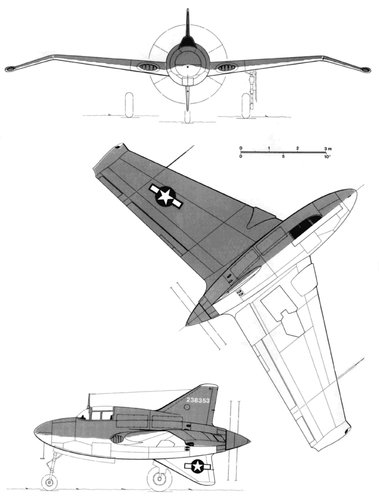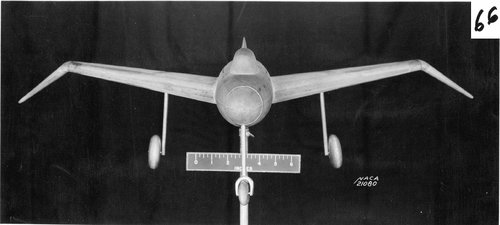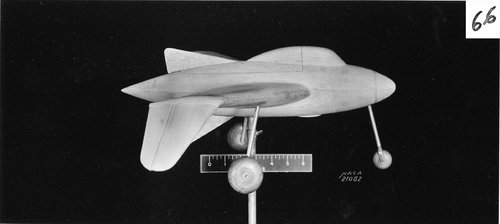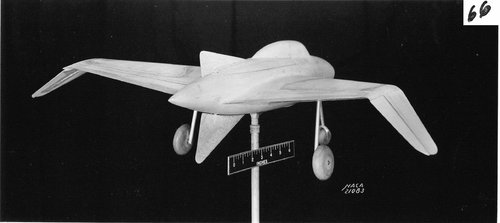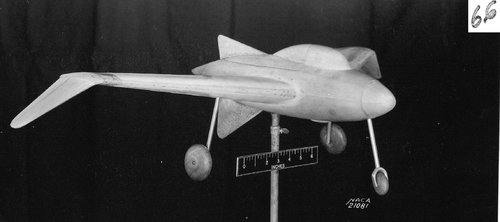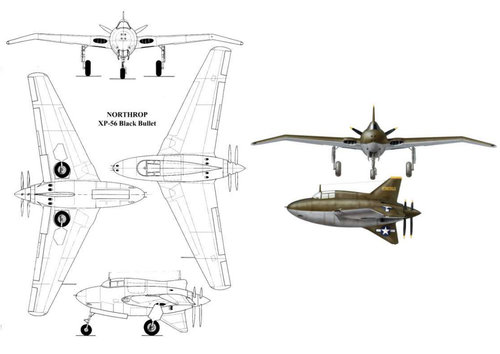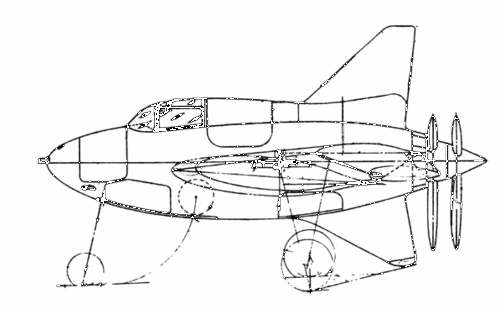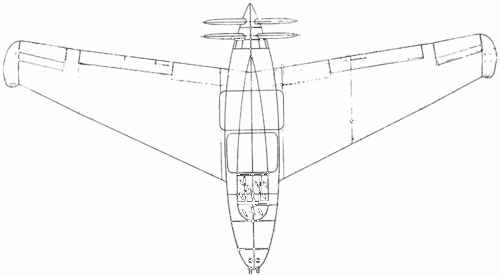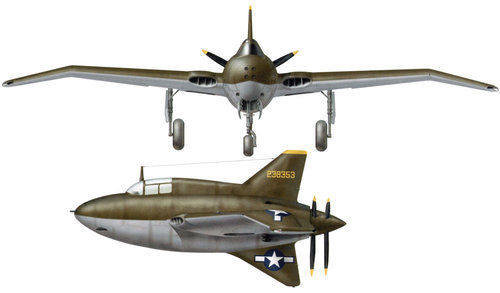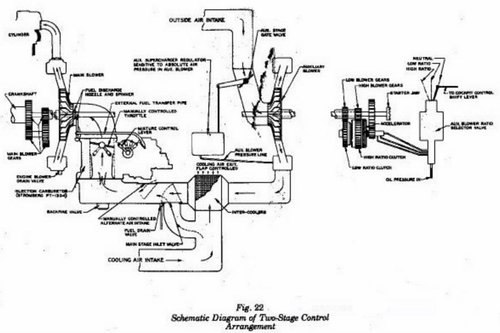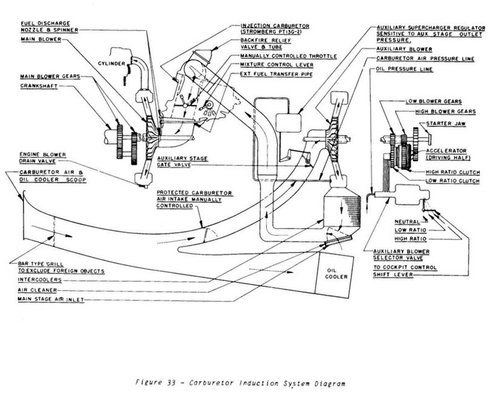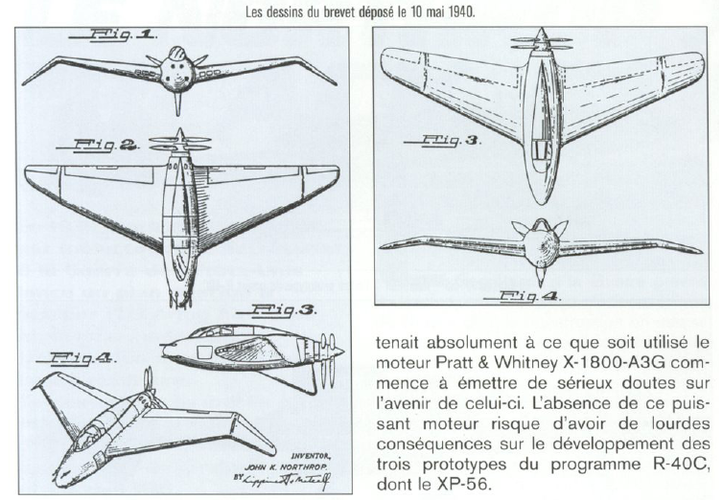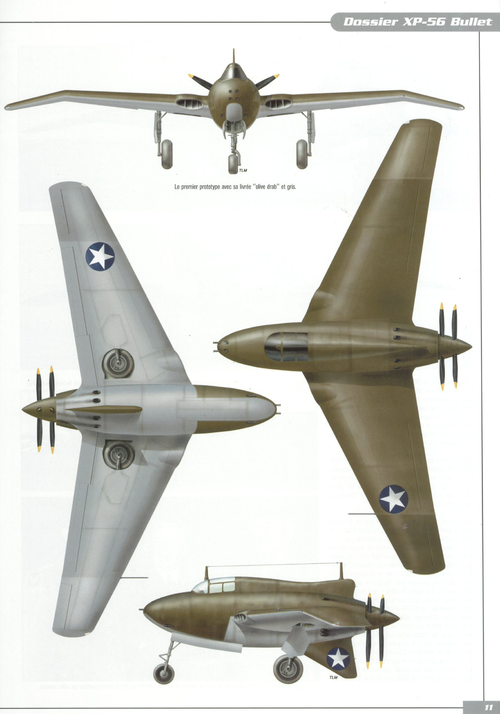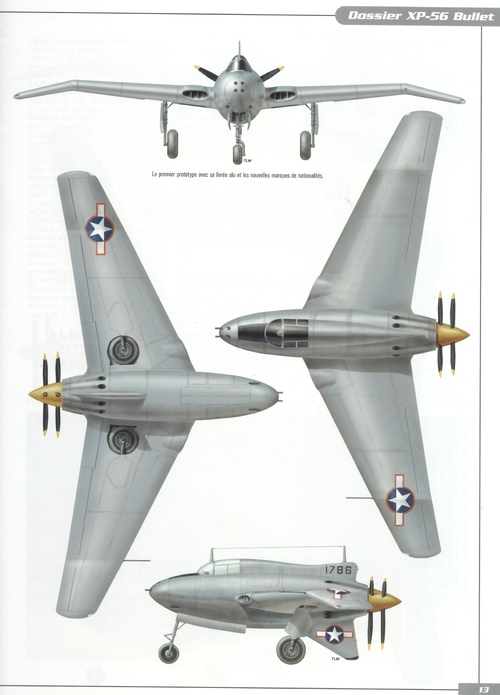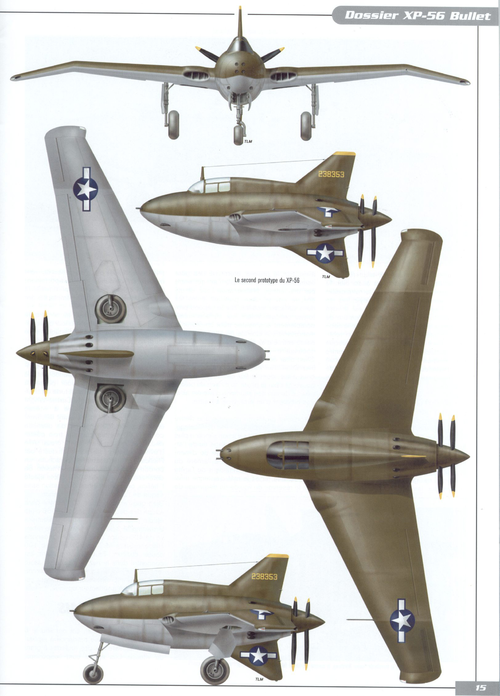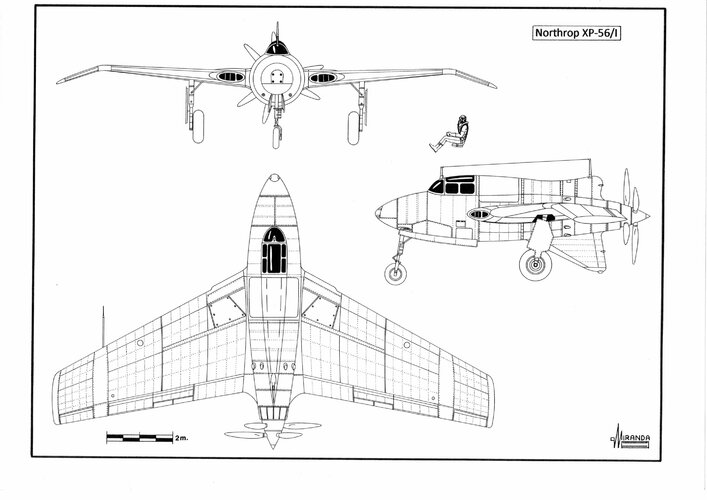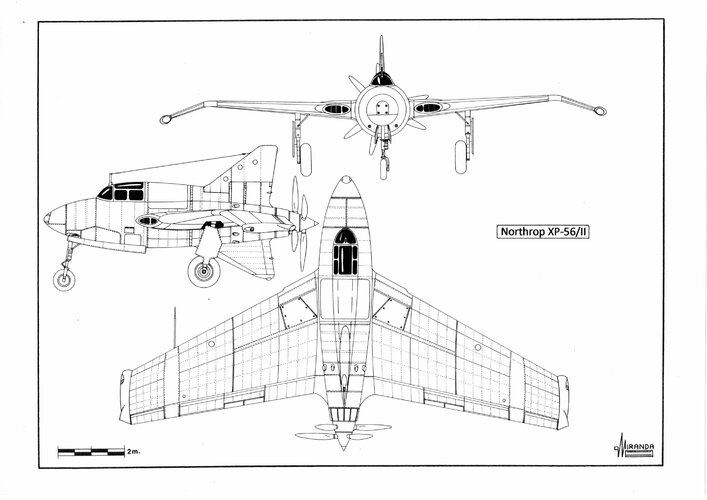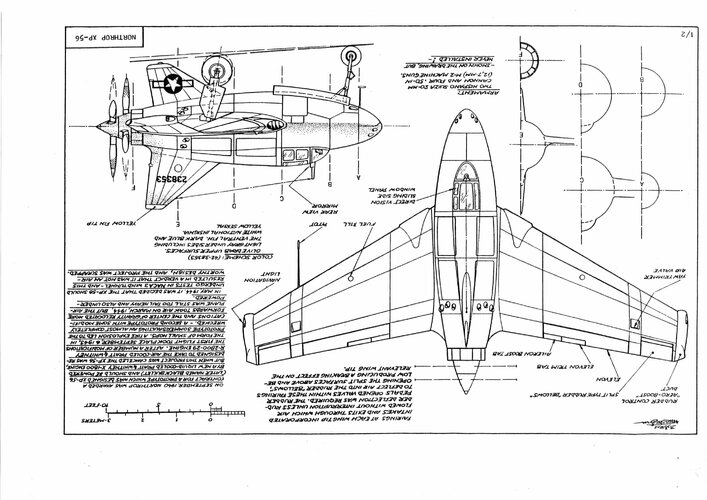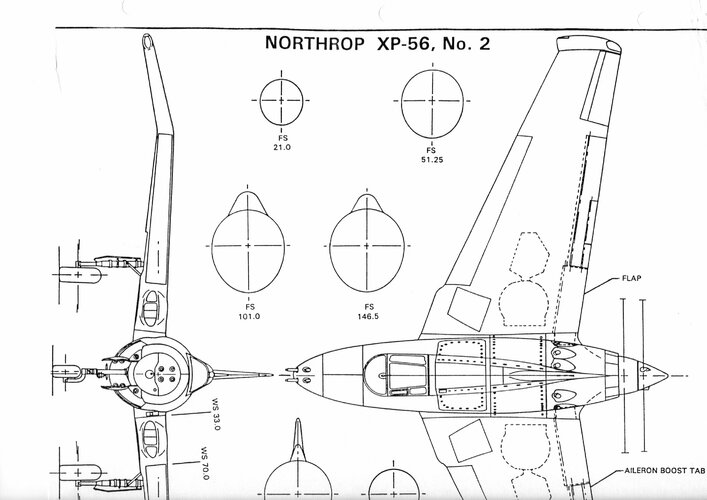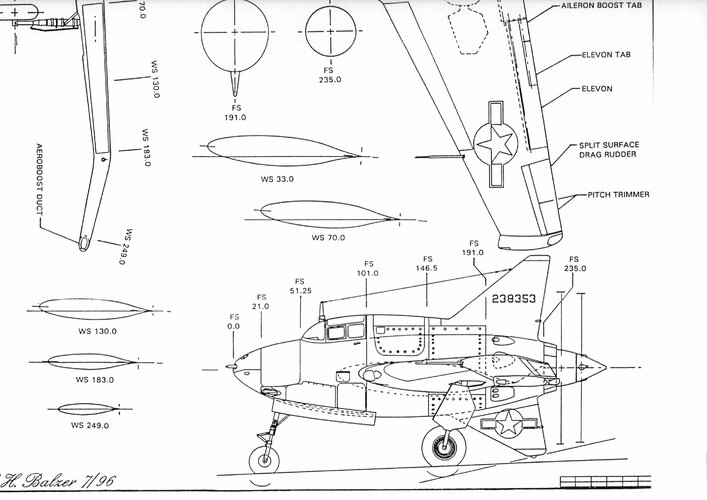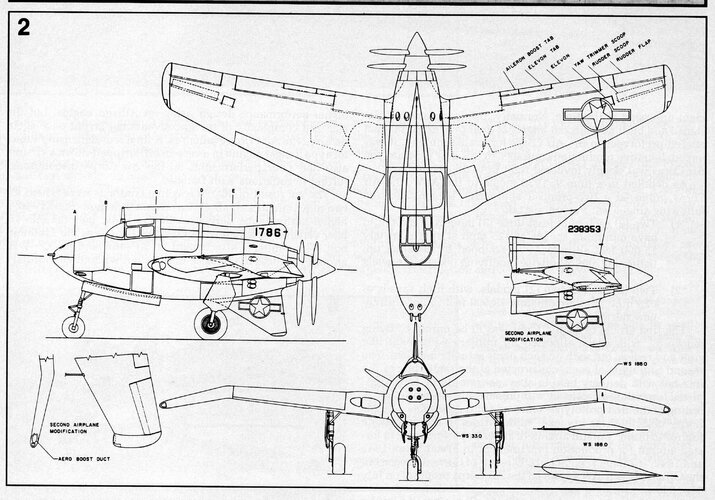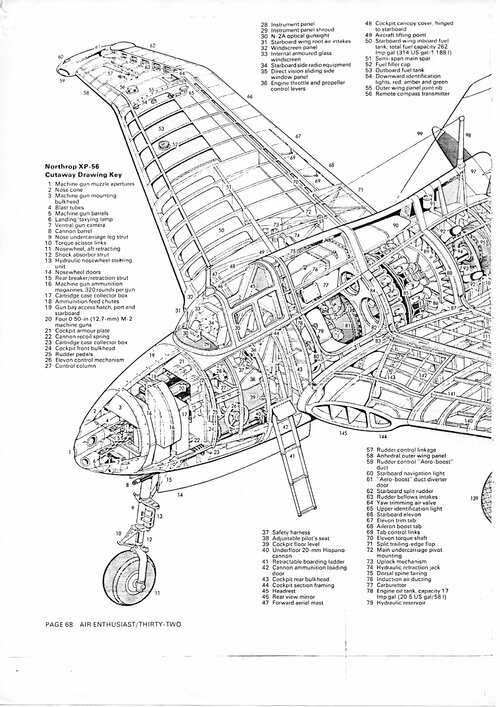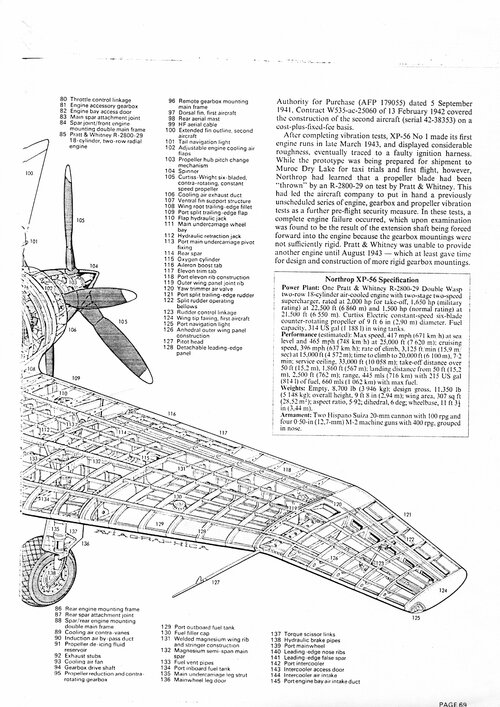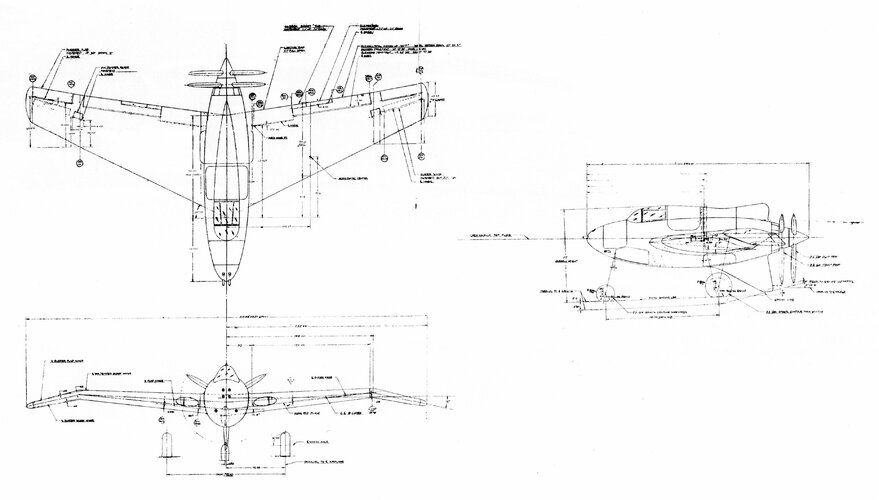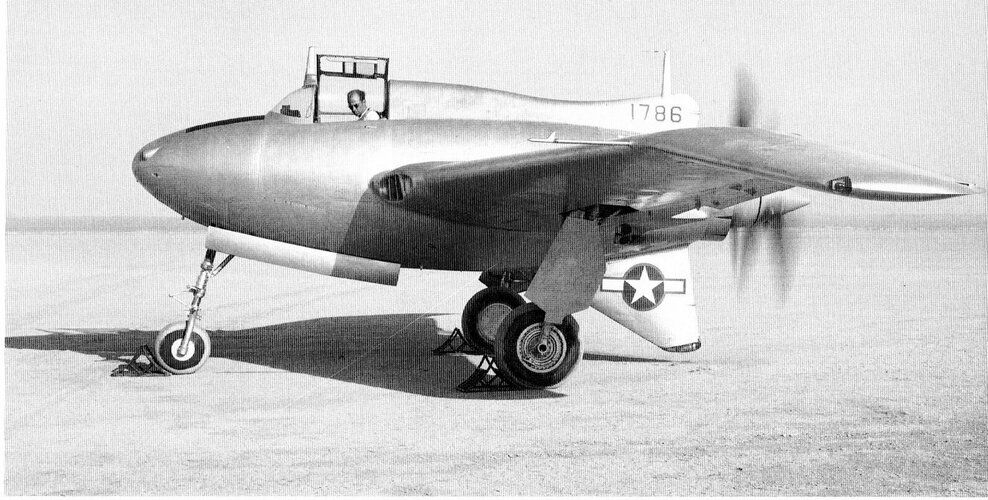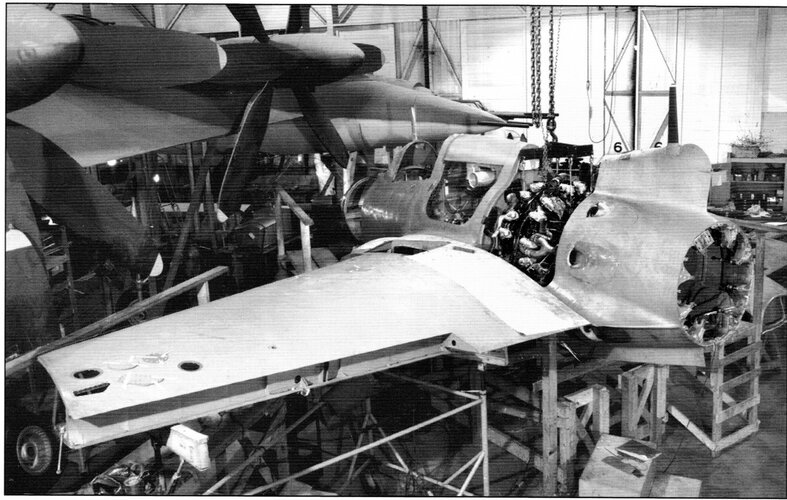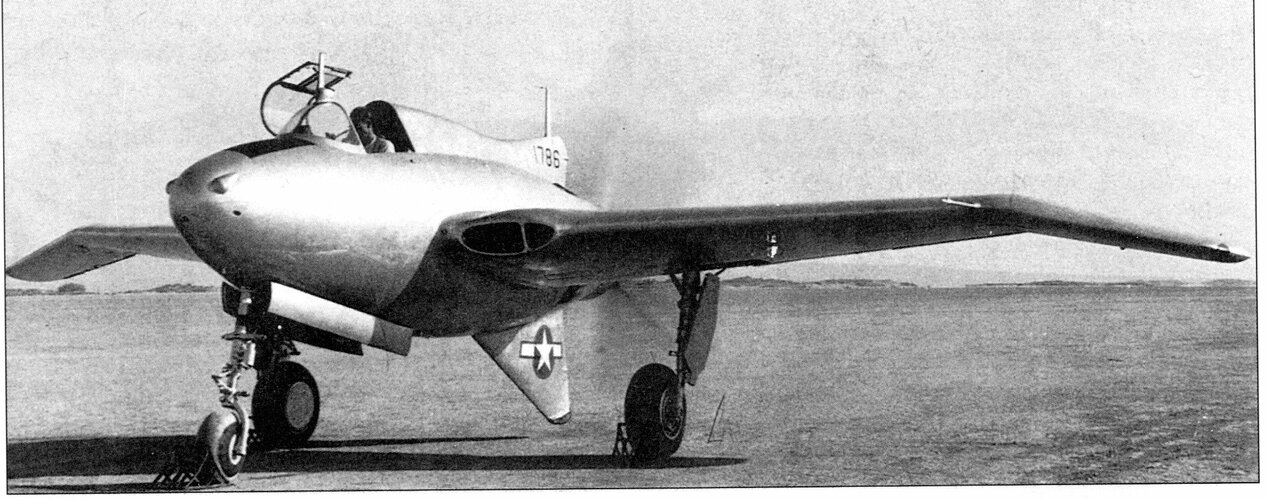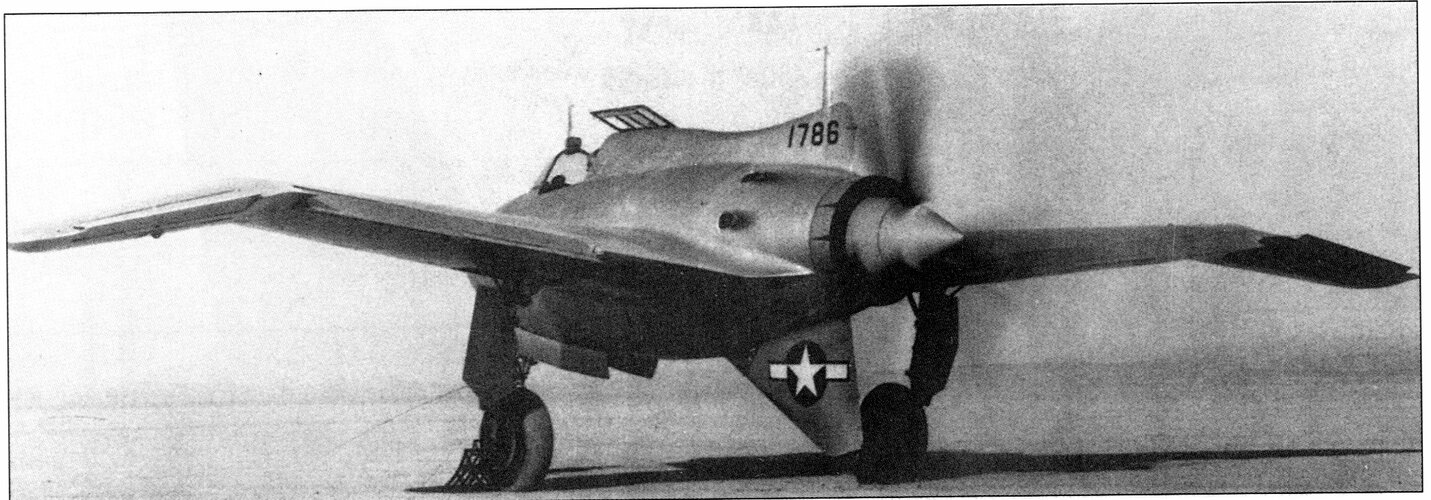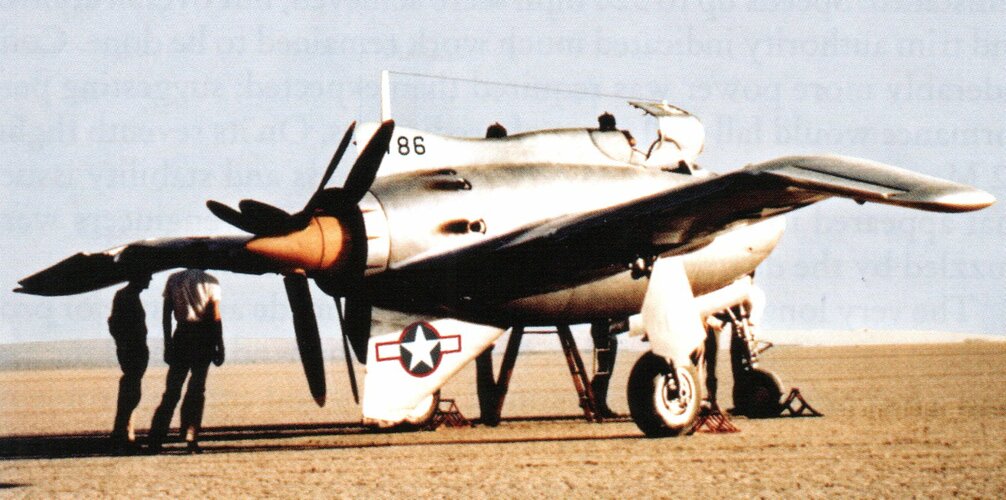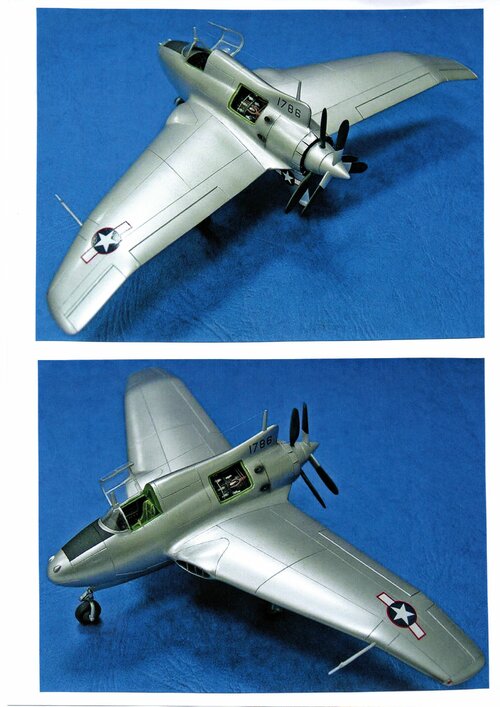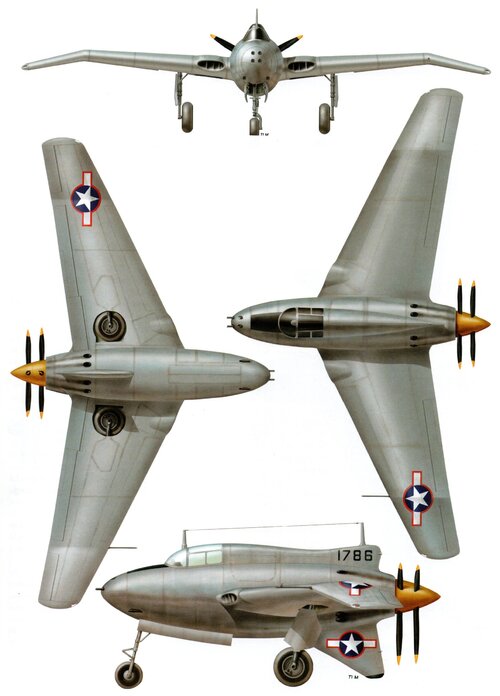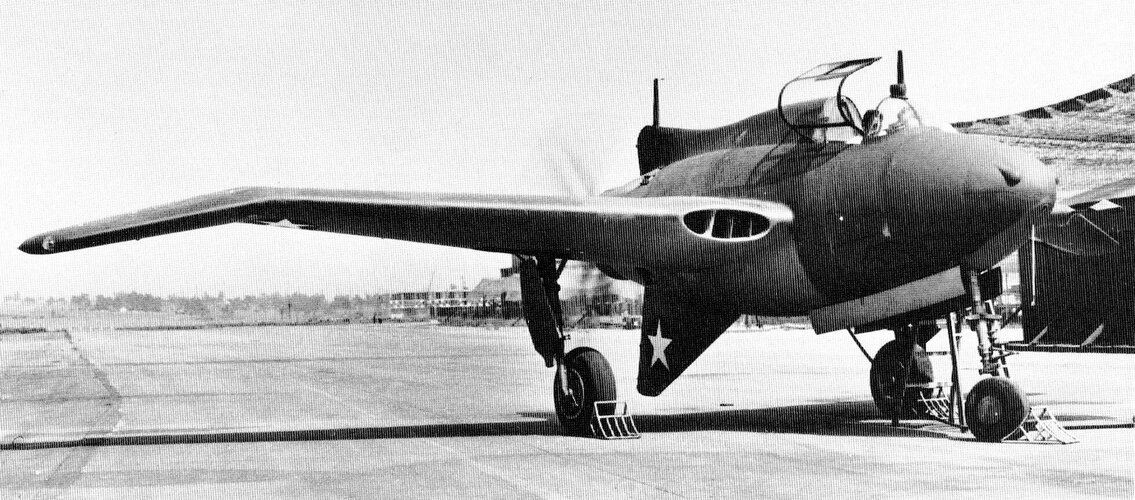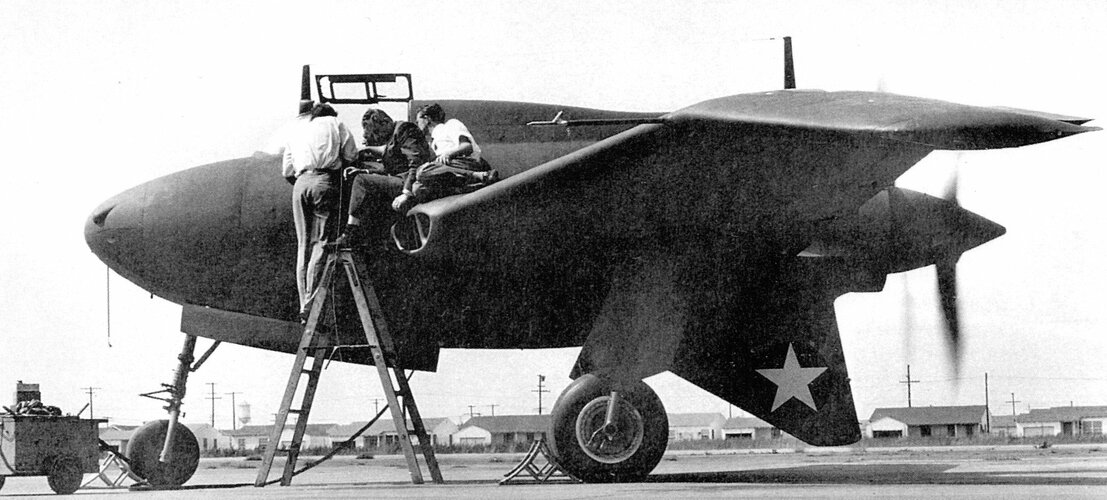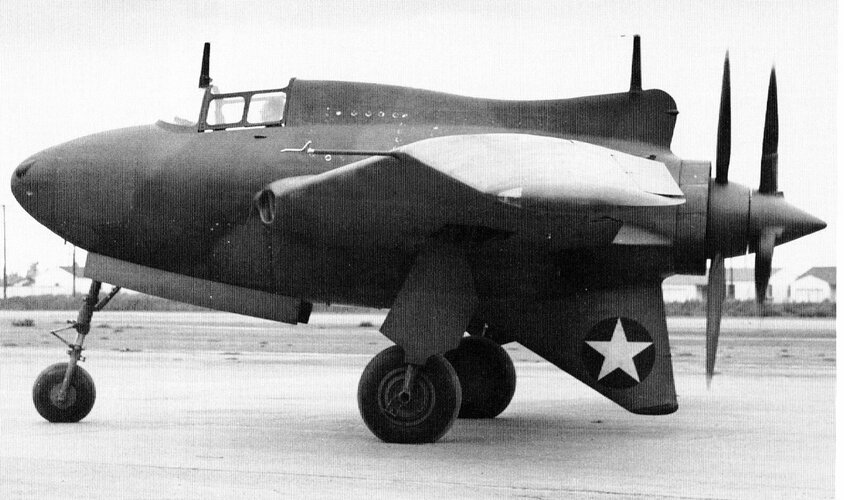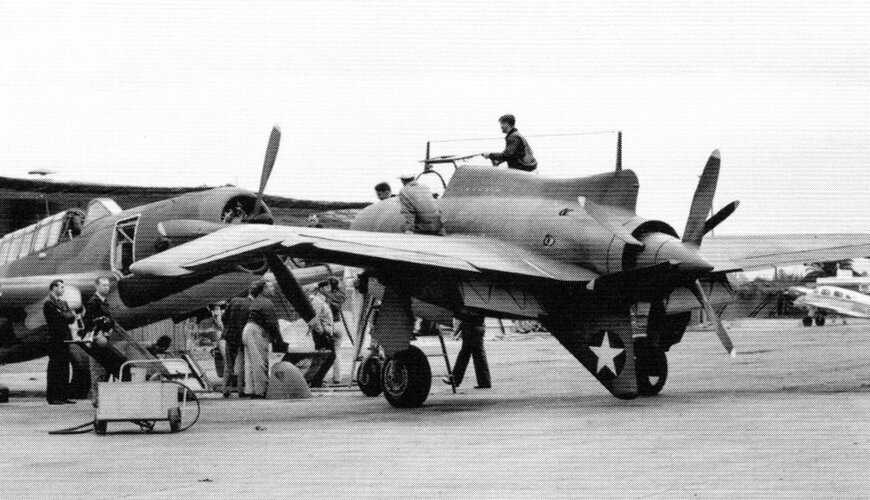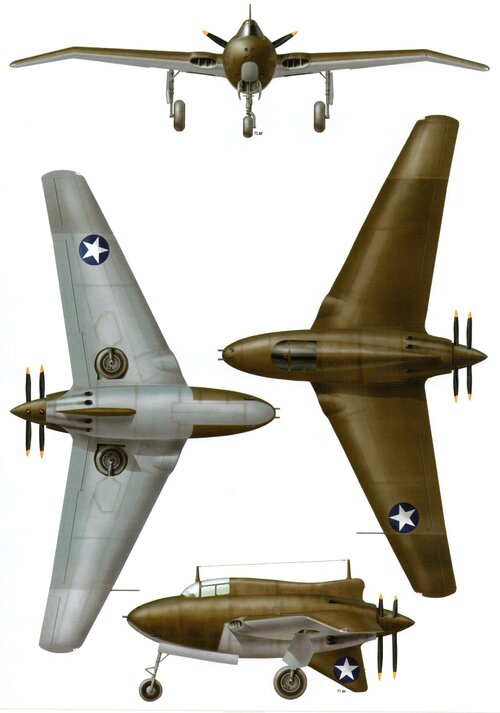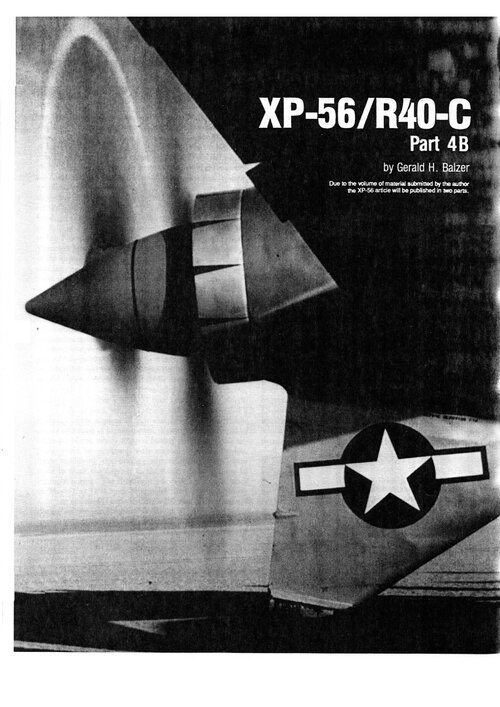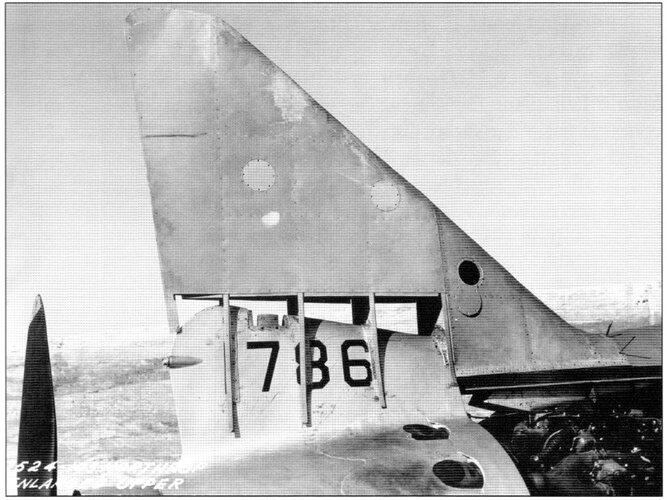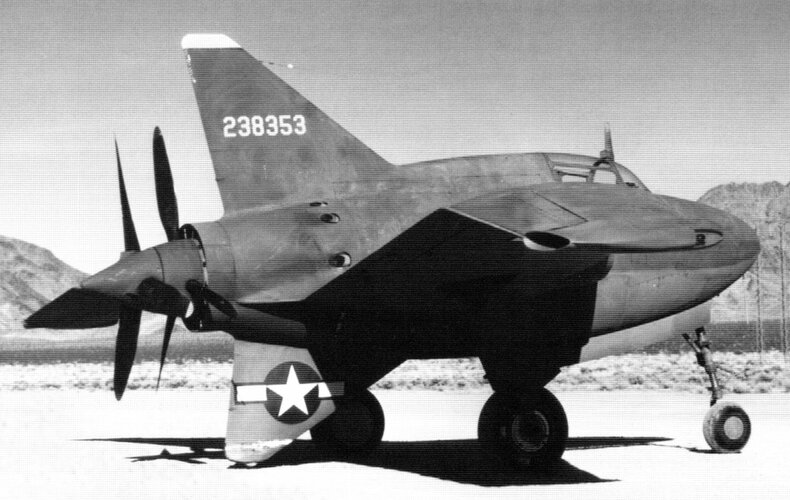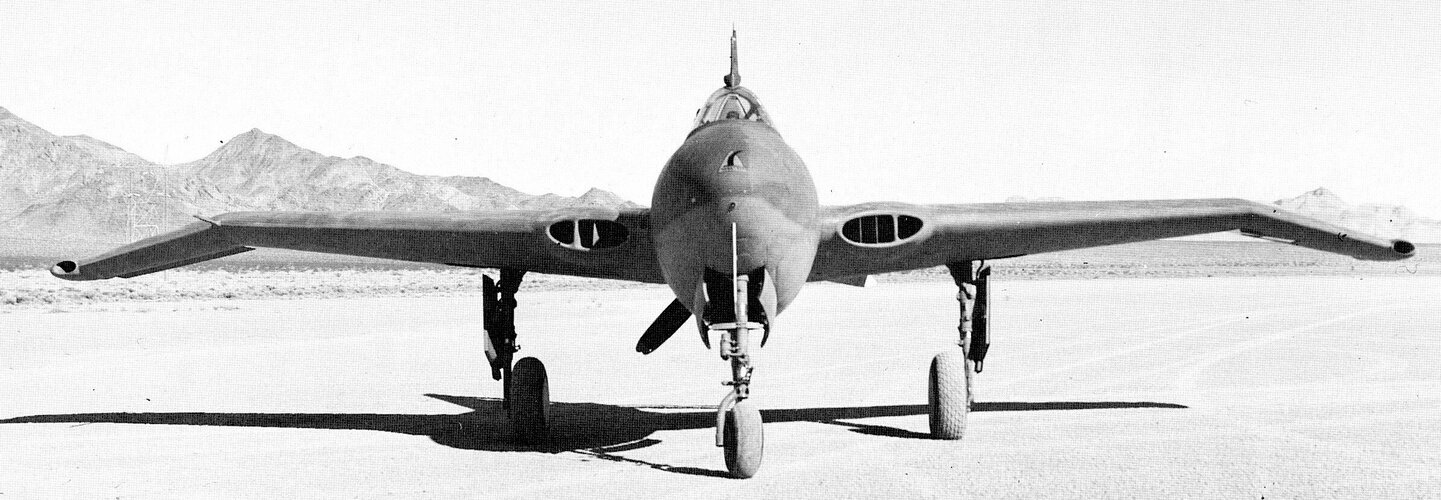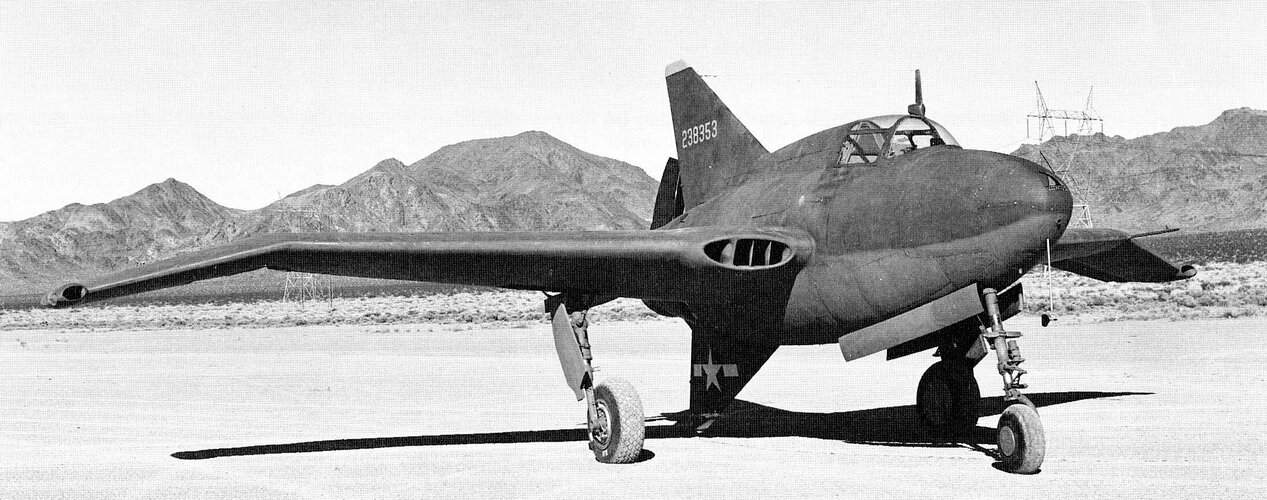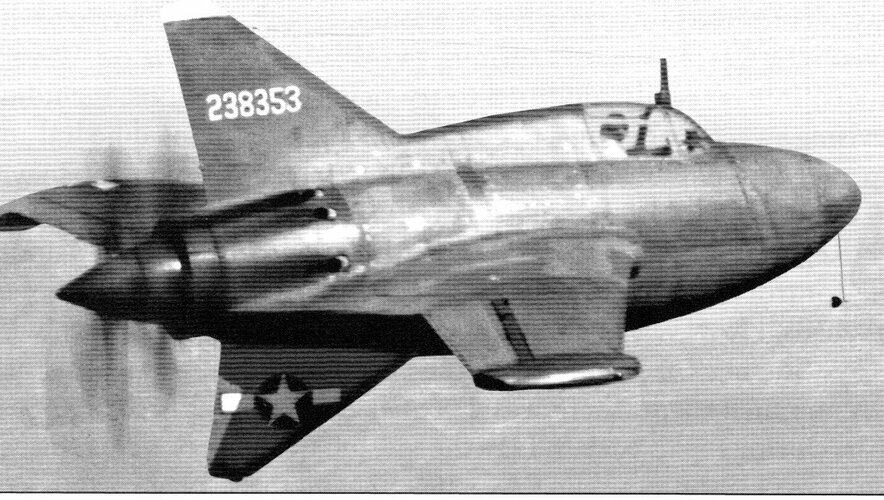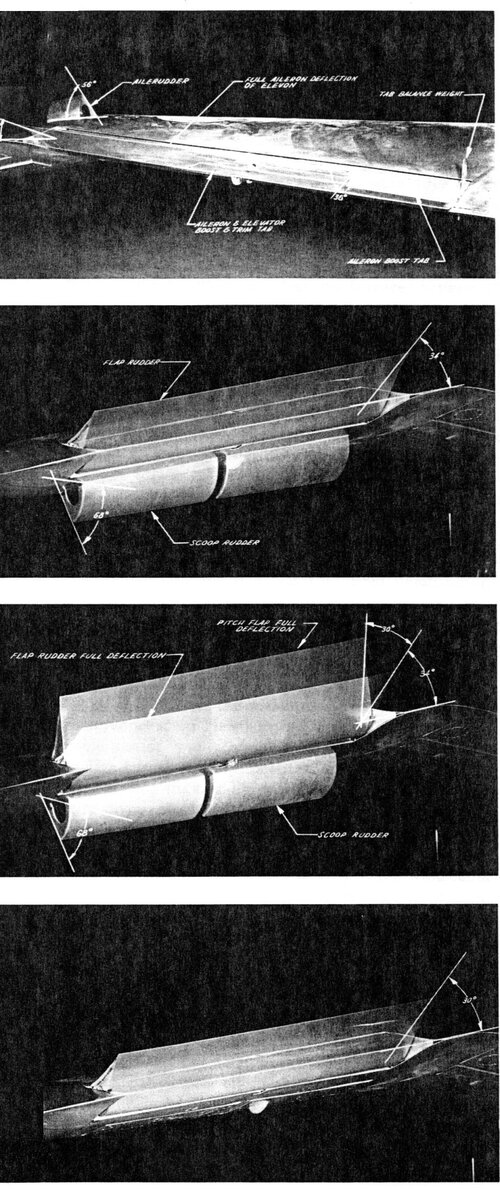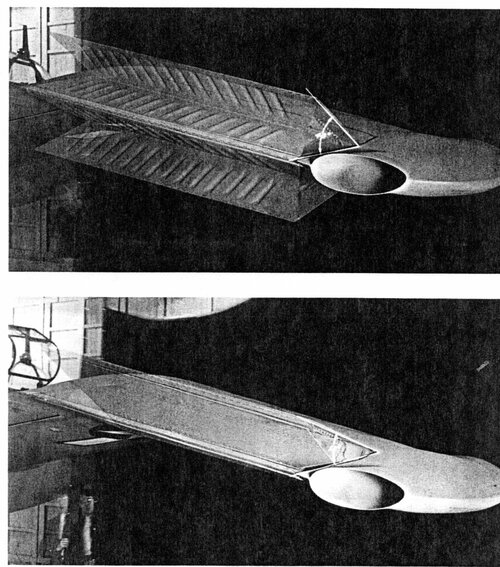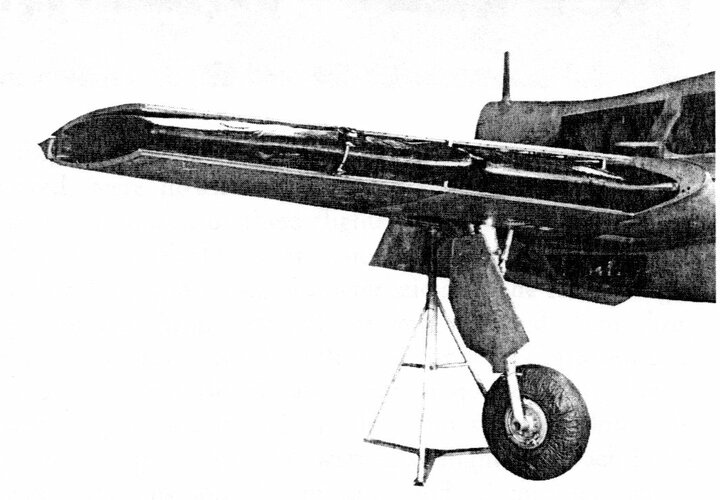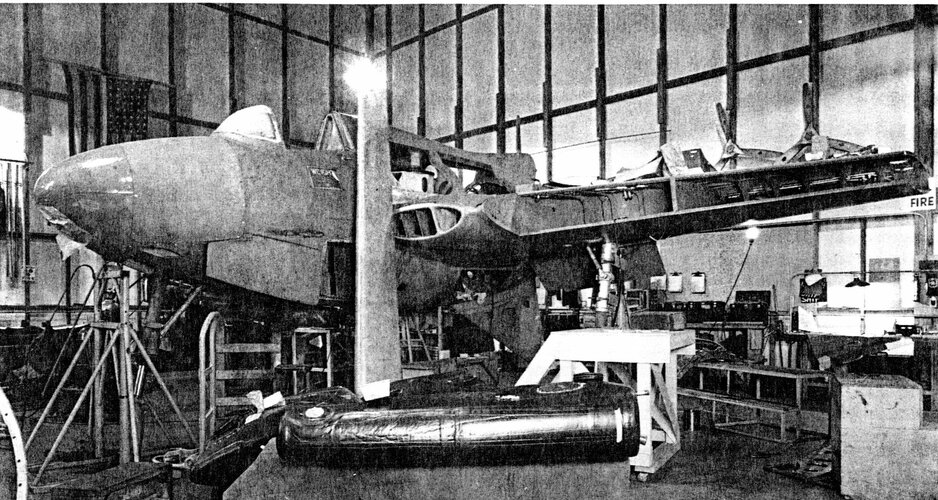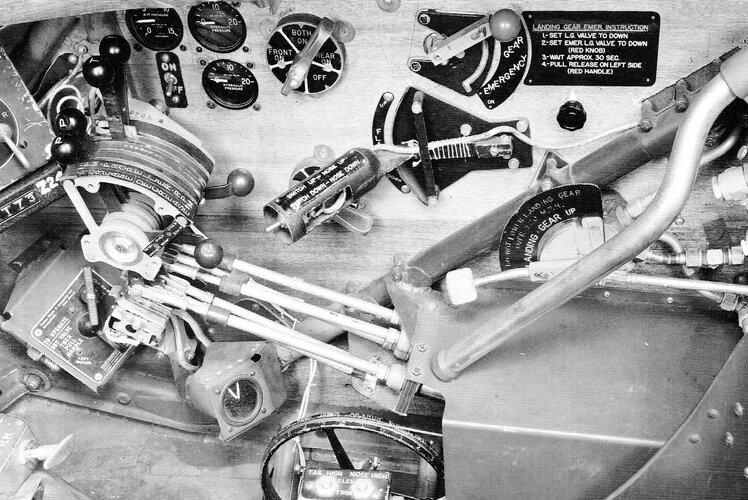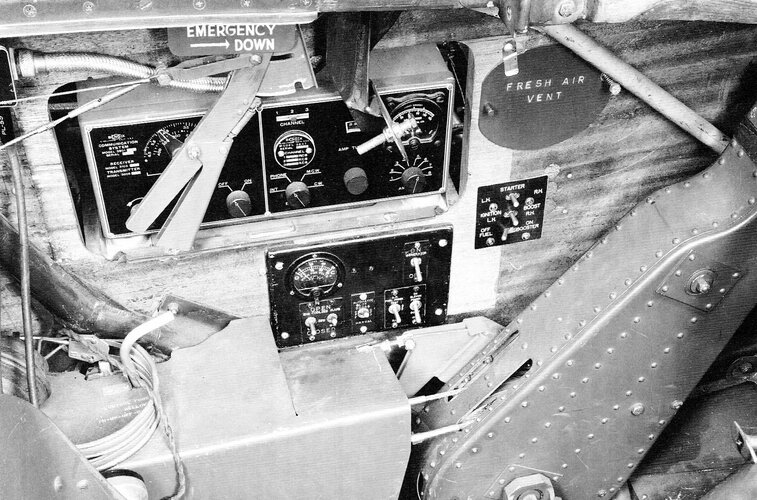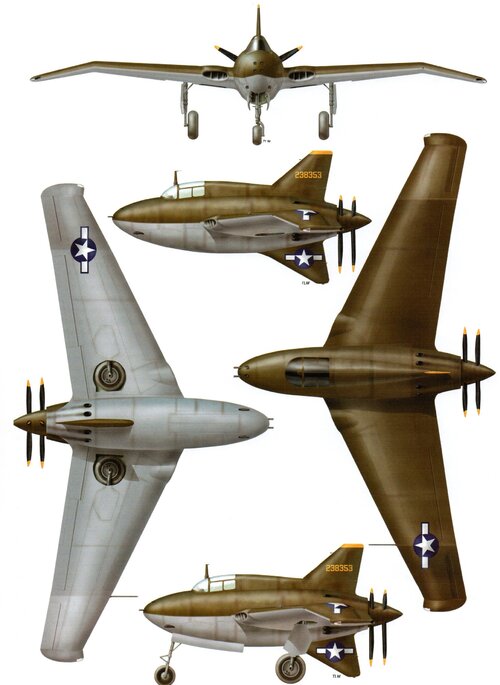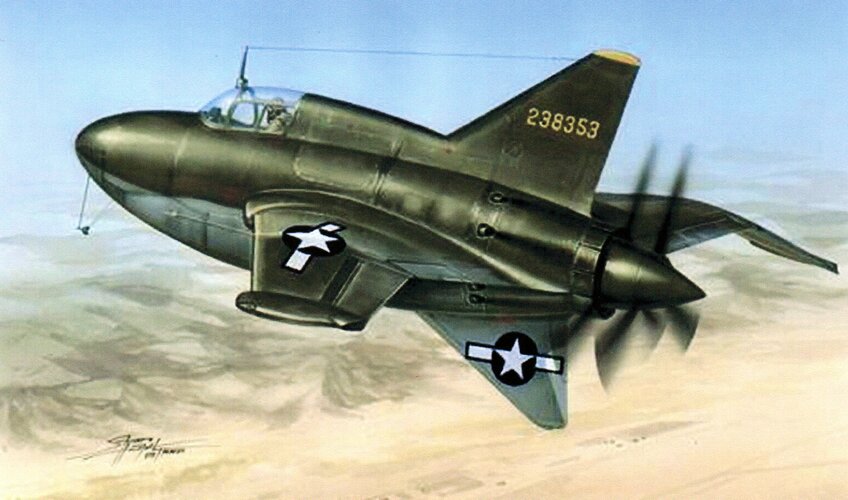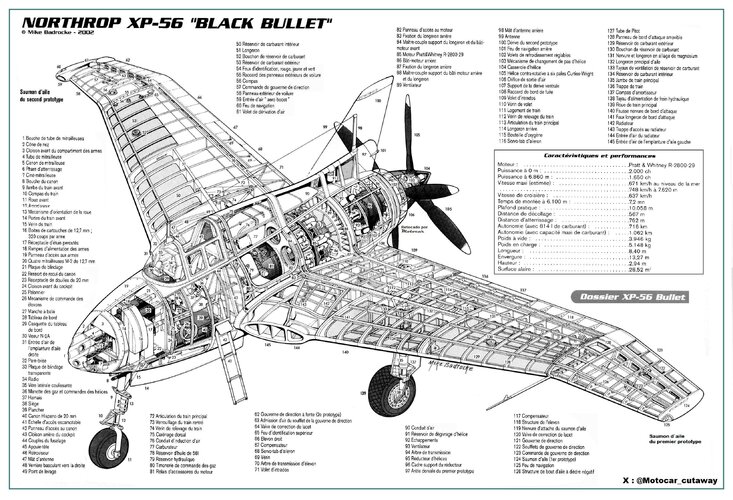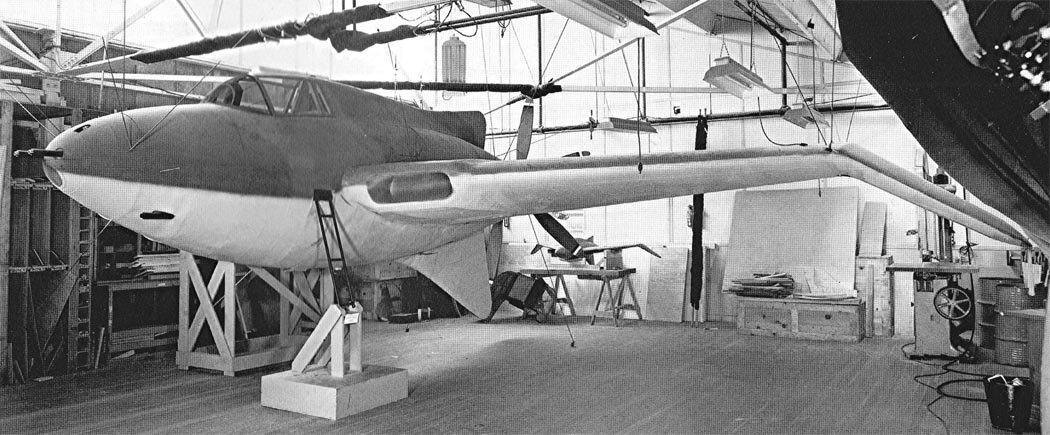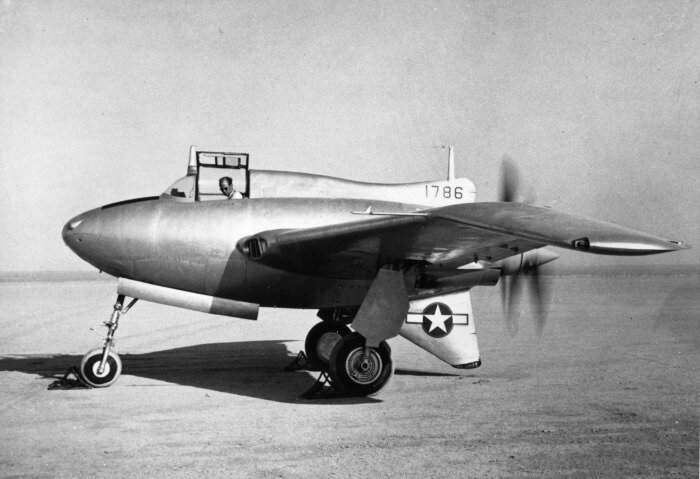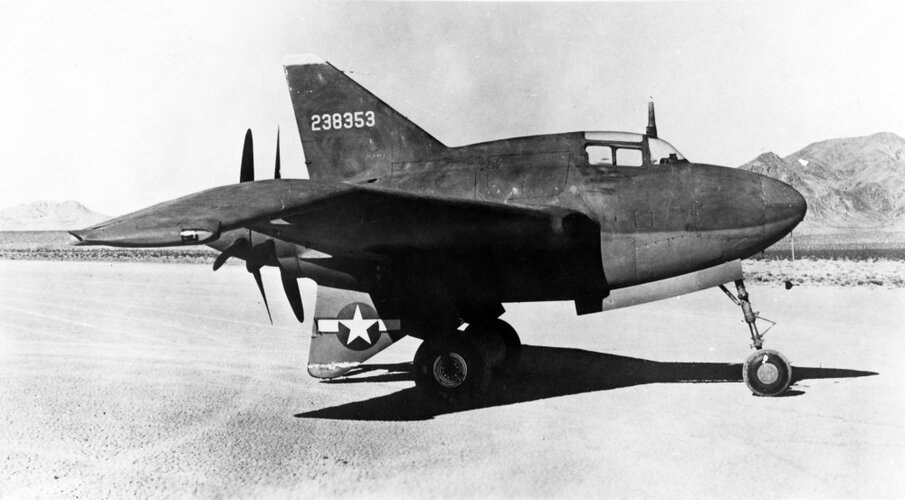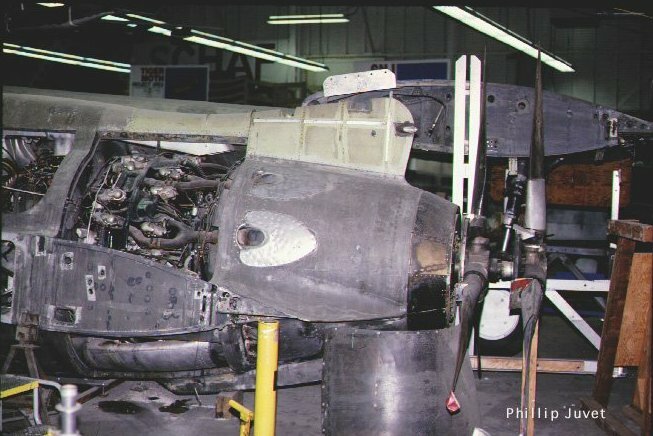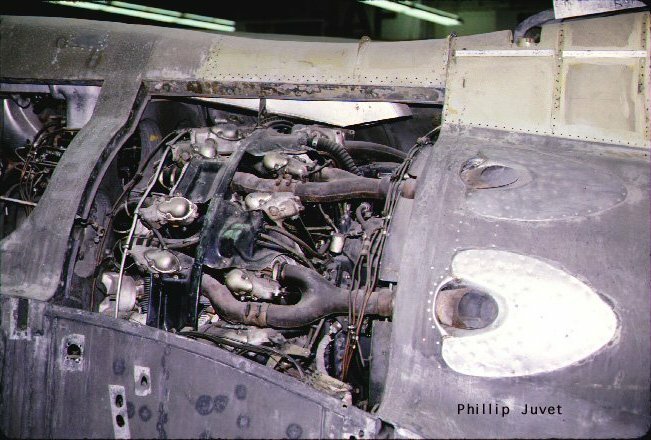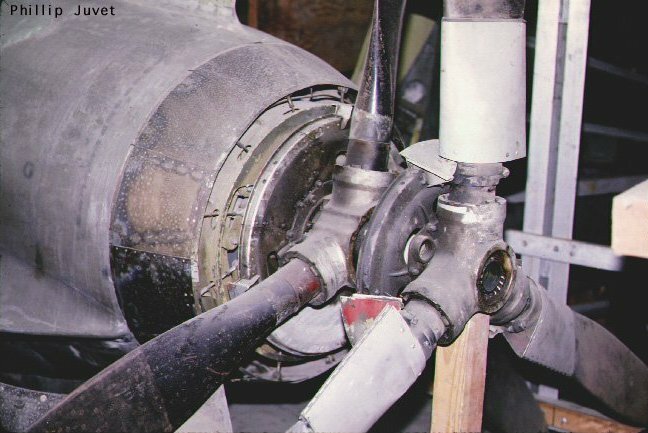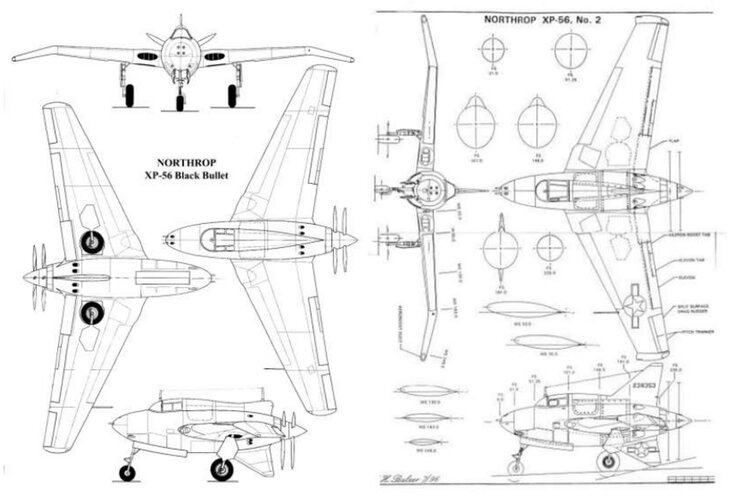On November 27, 1939, the USAAC announced the competition R-40C for a very high-performance fighter that should be equal to the new European models, to be built in 1941.
The specification, designated Air Corps Specification XC-622, required:
Sufficient speed to attack or leave combat area at will
Good pilot visibility
Effective armament
Enough manoeuvrability
Around fifty projects were presented by nine different companies. By the end of 1940 six of them had been selected: Vultee (XP-54), Curtiss Wright (XP-55), Northrop (XP-56), MacDonnell (Mod 1), Republic (AP-12) and Bell (Mod 13).
The first three qualified ones were never mass manufactured because they were of a too radical ‘pusher’ design.
Problems began with the cancellation of the 2,000 hp, 24 cylinder ‘H’, liquid-cooled Pratt & Whitney X-1800 engine.
The Vultee XP-54 prototype eventually flew with a liquid-cooled Lycoming XH-2470-1 and the Curtiss XP-55 took the air with a 12-cylinder, liquid-cooled Allison V-1710-95.
Northrop decided to use a Pratt & Whitney R-2800-29 air-cooled radial engine, but alterations made to the center of gravity position and increased fuselage diameter to accommodate the huge engine were the cause of serious control problems suffered by the two prototypes and the project cancellation.
On June 22, 1940, the USAAC authorized the construction of prototype XP-56 (41-786) which made its first flight on September 6, 1943.
The aircraft was built in magnesium alloy with 29 degrees swept back wings and tricycle landing gear. An explosive charge allowed the pilot to sever the propellers to bail out of the airplane.
The control system included elevons and split flaps in the wing trailing edge and split rudders in outer wing panels. The wing tips were drooped downwards with six degrees of anhedral angle.
During the flight test the prototype revealed stability issues with yawing-rolling-pitching motions that manifested when reached 273 kph (439 mph).
The 41-786 crashed during a take-off accident on October 8, 1943.
Technical data
Wingspan: 12.97 m (42.5 ft), length: 7.16 m (23.48 ft), height: 2.97 m (9.74 ft), wing area: 27.5 sq. m (306 sq. ft), max weight: 5,142 kg (11,350 lbs), estimated max speed: 748 kph (465 mph), ceiling: 10,000 m (32,000 ft), range: 1,000 km (622 mls).
The second prototype 42-38353 was fitted with a large (1.44 sq. m- 16 sq. ft) dorsal fin to prevent lateral instability.
The drag rudders located in the wingtips were connected to ‘aero boost ducts’ that opening the split surfaces to provide braking effect, causing airplane to turn.
The prototype flew ten flying tests between March and August of 1944 experiencing serious stability issues, erratic wing heaviness and elevon force reversal problems.
The evaluation carried out by the USAAF Investigation Board in April 1945 determines the air-flow separation generated by the large fuselage diameter as the possible cause of the high drag.
The USAAF had concluded that the performance of the XP-56 was no better than the Republic P-47 Thunderbolt.
In January 1946 the project was cancelled.
Technical data
Wingspan: 12.95 m (42.5 ft), length: 8.38 m (27.5 ft), height: 3.35 m (11. ft), wing area: 27.5 sq. m (306 sq. ft), max weight: 5,364 kg (11,841 lbs), estimated max speed: 751 kph (467 mph), ceiling: 10,000 m (32,800 ft), range: 720 km (447 mls).
Engine: one 2,000 hp Pratt & Whitney R-2800-29 air-cooled radial engine, driving a pair of contrarotating pusher propellers.
Proposed armament: 2 x 20 mm Hispano AN/M2 cannons, 4 x 0.50 cal Browning M2 heavy machine guns and one Type N-2A reflector gunsight.
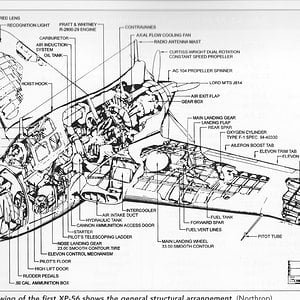
 ww2aircraft.net
ww2aircraft.net


